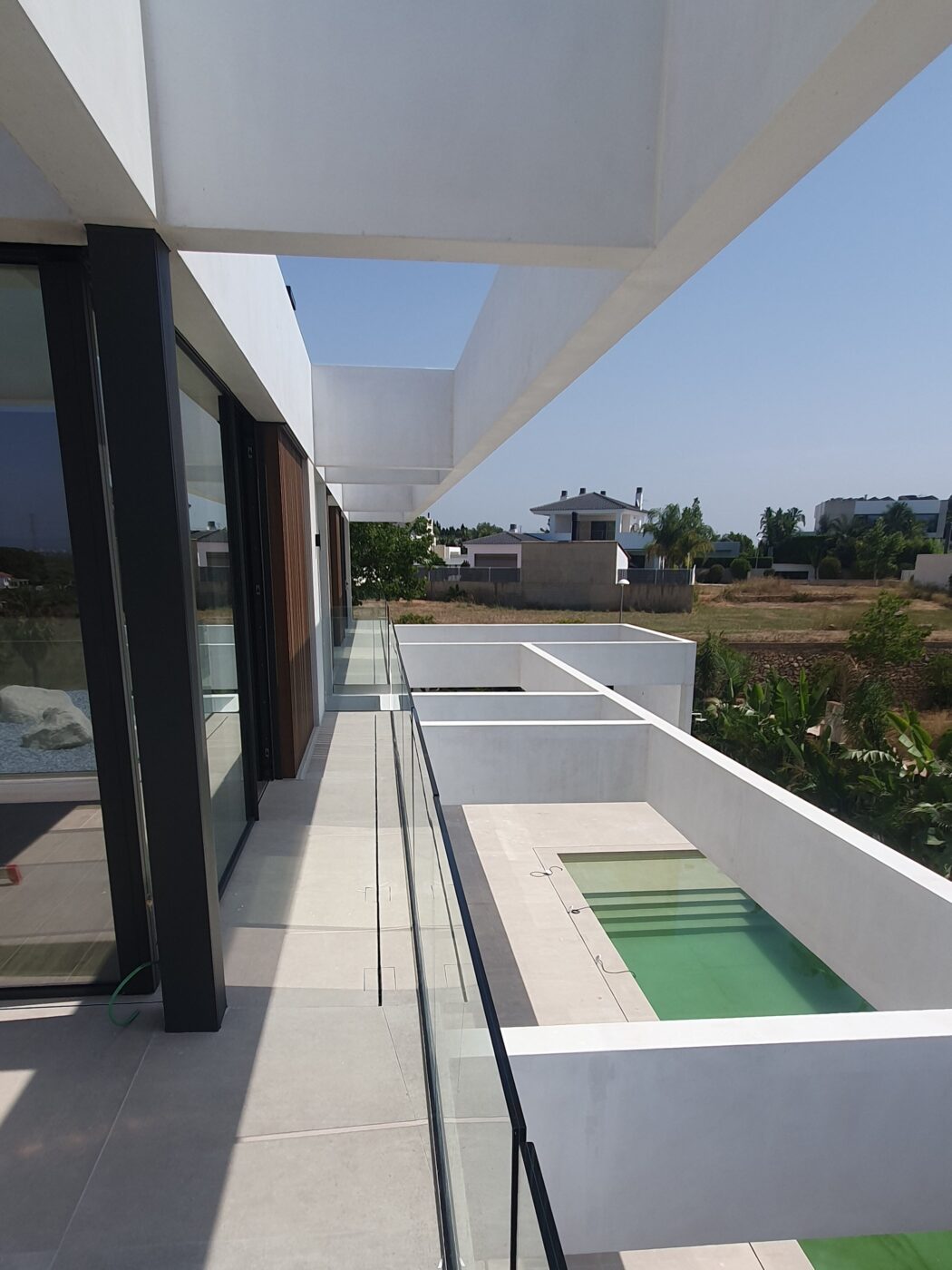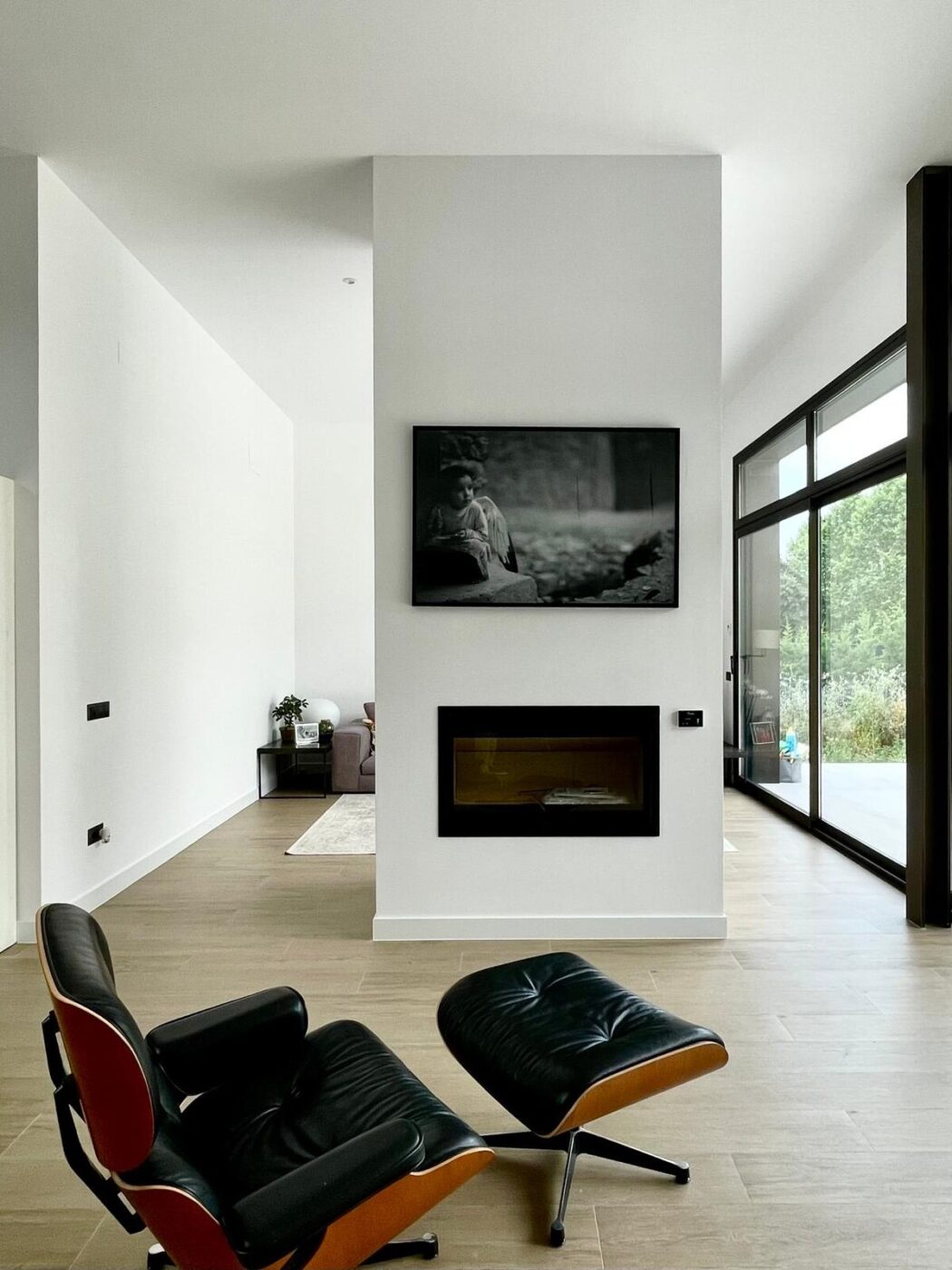The Principals of Rainwater Harvesting in Spain
Depending on who you listen to water supplies may become increasing erratic and water increasingly expensive. Generally speaking we need to get better at reducing our usage, retaining, and reusing water.
It makes sense to find alternatives to the high grade drinking water that has been cleaned and filtered and pumped for great distances when we have low grade needs such as toilet flushing and watering the garden.

The principles of collecting and storing rainwater are fairly simple and easy to follow. The water must be stored in the dark below 18C then the system will supply clean perfectly usable water for most purposes other than drinking.
The water is collected by normal roof gutters and is directed to the rainwater filter where it is separated from leaves and other debris. As much debris as possible must be removed before storage as any decaying material in the tank will consume oxygen and result in smelly putrid water.
The filtered rainwater is transferred to the storage tank via a water smoothing inlet so as not to disturb the sediments on the bottom. Floating particles will be organic such as pollens which must be flushed out as if they were left in they would cause the water to become stagnant. This is done by designing the tank over flow so it has a skimming effect on the surface of the water when it overflows. The system should be sized to overflow quite regularly but at least twice a year and in doing so it keeps itself clean.
Ant vermin and an anti back flow devices need to be incorporated into overflow.
Heavy particles that sink to the bottom of the tank accumulate at about 1-2 mm a year which is a negligible amount.
The water thus stored can be delivered anywhere in the property on demand using a submersible pump via a floating filter which ensures that the water is taken from just below the surface where it is the cleanest. The pump is controlled by the flow control / pressure switch and supplies the building directly on demand. This gives enough pressure to feed toilets, washing machines, garden hoses and so on.
The rainwater tank should never be allowed to become empty as this would have a detrimental effect on the beneficial bacteria that have established in the tank which will be keeping the water clean. This can be dealt with by means of an automatic top up from the mains.
A well designed system will need no maintenance other than cleaning the rainwater collector filter four to six times a year.
Author: John Wolfendale
Bio: John is a founder of Eco Vida and is passionate about bringing modern design and construction practices to Spain. He believes a home which is warm in winter and cool in summer is largely a matter of design and selective use of materials. He is British and a Chartered Surveyor with 18 years experience living and working in Spain.



